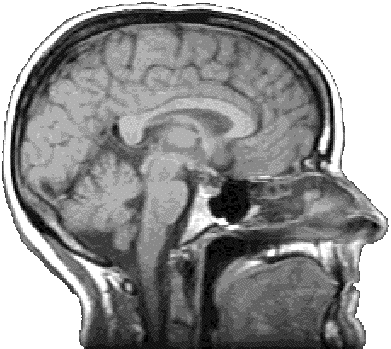
|
Project Overview
- Autonomous robots are smart robots that are capable
of making decisions to interact with the environment
in exploration and learn from the experience.
Rationale
- Autonomous robots can mimick the basic functions
of simple organisms, such as insects, such that the
basic principles of operation used to interact with
the environment can be explored.
- In designing an autonomous robot, we need to address
the issues of how an organism, such as an insect, solves
the problems encountered in the interaction with the
environment.
- That is to say, the organism needs to "know" or "acquire
knowledge" about the environment so that it can
respond appropriately in the changing environment in
order to survive.
- Thus, an autonomous robot faces the same issues as
an insect would have encountered.
Advantages of Using Autonomous Robots as a Model
- The reason why autonomous robot is a good model for
investigating the evolution of the nervous system is
that we can explore various principles of operation
without being constrained by the inherited evolutionary
path.
- The evolutionary paths of insects are often stuck
due to its heritary past, whereas we can explore many
more scenarios in neuroengineering.
Real Robots vs. Simulation
- Real robots need to deal with the unexpected environments,
such as wheels getting stuck. These real-world issues
pose a set of challenging problems for the organism
to solve.
- Simulations often assume that the robot will move
without spinning the wheels, but that is not a real-world
problem. Insects need to solve the same problem when
they are stuck while they encounter obstacles.
Research Objectives
- Find the simplest/minimal set of solutions to solve
the most/complex problems – this is called finding
an "elegant solution."
- That is to ask: What is the simplest nervous system
an animal can have in order to solve the most complex
problems encountered by a simple organism, such as
an insect.
- We choose not to study complex high-level vision,
such as scene analysis, because it is an overkill to
the problem.
- Instead, we choose to study simple compound eye without
even forming a retinal image, yet insects can detect
a great variety of visual objects, and escape from
predation without even having a brain!
- Autonomous robots are similar in using the simplest
set of algorithms to solve the most complex problems
without relying on a super-computer to solve these
problems.
Basic Components of Autonomous Robots
- Sensory inputs (sensors for detecting light, touch,
sound, etc.)
- Motor outputs (actuators for producing motions, such
as wheeled robots or legged robots)
- Controller (integrators of inputs to produce outputs,
including memory modules to store "experience")
The Challenge
- Design a robot without any a priori knowledge of
the environment.
- That is, the robot has no knowledge of the external
environment, and there is no pre-programming done to
allow the robot to know beforehand what to expect or
how to respond in a given solution.
- The robot has to learn from the exploratory experience
to acquire knowledge about how to respond appropriately
in the environment in order to survive.
- If we pre-program the solution of how to solve the
problem, we would be actually cheating, and defect
the whole purpose of studying the robot's behaviors.
- So the question becomes: What is the minimal set
of assumptions and constraints that we need in order
for the robot to acquire knowledge from the exploration
in the environment such that the internal circuitry
will be self-organized to produce the final appropriate
response similar to those we found in the reflexes
in insects.
The Solutions
- Neural network algorithm is used to "learn" from
experience. Exploration by the robot provides the exemplary
set of data to build an internal map of the environment.
- Neural nets are known to adapt to the environment,
and learn from the environment without any pre-programming.
The task of the neural net essentially construct the
nonlinear mathematical mapping functions from the input
set (external environment) to the output set (motor
responses), with the internal synaptic weights stored
as the internal map.
|
